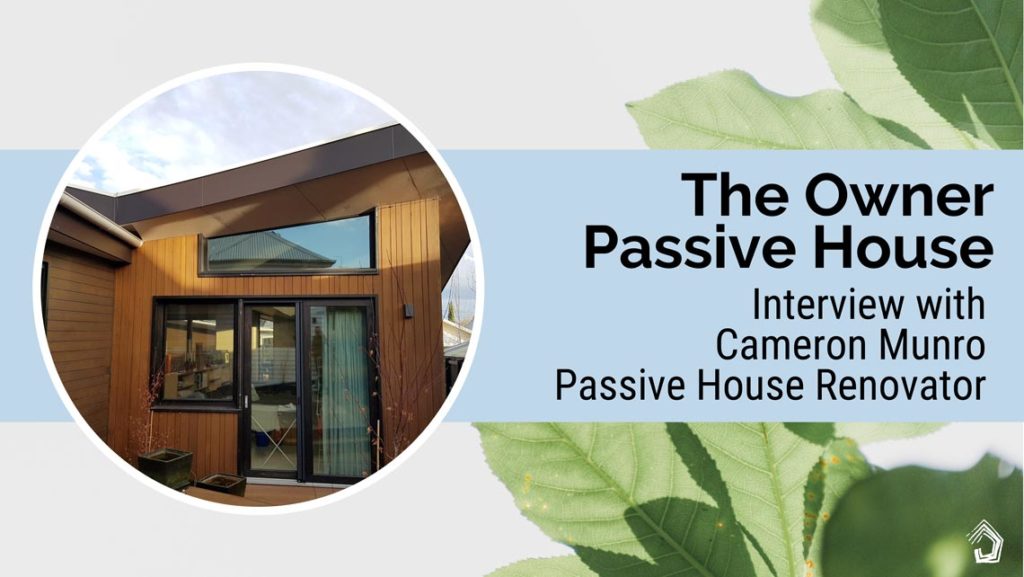
How do you renovate a home as a Passive House (or Passivehaus)?
Especially when that home is an early 1900s weatherboard cottage?
In this episode, I’m going to be sharing the experience of a homeowner who renovated their early 1900s weatherboard home into a Passive House. They’ve lived in it now for 3 years, and it’s located in inner Melbourne, about 10km from the CBD.
This project is a great opportunity to see how an old weatherboard home can be renovated into a Passive Home that is comfortable and saves thousands in running costs each year.
Cameron’s family home is known as Armadale Passivhaus. They open this home for Sustainable House Open Day each year, and Cameron also has a great website on all the nitty gritty details of the home and project (see the resources below for more information).
Circa 1910, this weatherboard home faces north-to-street. So, if you’ve listened to this podcast for a while, and heard the episodes I did back in Season 1 about orientation, you’ll know that north-to-street is a challenging orientation in the southern hemisphere.
This is because we like to put all our main living areas at the rear of the home, with indoor / outdoor connection to perhaps a deck or alfresco area … and lots of glazing to connect the two. And if the home is north-to-street, it means that the sun is moving around the front of the home, and not the rear.
This means, especially in a location like Melbourne, that the rear of your home can be cold, in shadow, and not getting the natural light you want into your main living areas.
The home also has a heritage overlay, which meant that extensive alteration to the facade wasn’t allowed, and there were two brick chimneys that had to be kept. Lots of homeowners would say at this point – “Forget Passivhaus … we’re putting this entire renovation in the too-hard basket!”
The Armadale House sits on a 430m2 block in inner Melbourne, Australia, and is located about 10 km from the CBD.
Cameron and his family had lived in two weatherboards home prior, and so their experience was always that leaky sieve experience you may be familiar with if you’ve ever lived in a weatherboard house. You can feel every breeze move through them. They’re hot in summer, cold in winter, and terrible performers thermally.
When they moved into the Armadale house, it was the same experience. They could see the sky, sunlight coming in below the door, and the windows would rattle with the slightest breeze. The chimneys meant they could see the sky, and rain would come down them whenever it rained.
It’s inspiring to see how this home was renovated 3 years ago, and how this family stayed committed to their desire to create a comfortable, sustainable home. There’s a huge amount of knowledge to gain from this project, and seeing how you can renovate your own Passive House.
As I explain in the podcast, the audio recording of my interview with Cameron did not go to plan!
So, listen to the episode as I share the highlights from my conversation with Cameron. And then keep scrolling to read the full transcript of our interview. Both will share key tips, strategies and knowledge to help you with your own project.
LISTEN TO THE EPISODE HERE:
In this episode, I ask Cameron …
- Can you please tell us about your home, the Armadale Passive House … who lives there, rough area of it, the block of land it’s situated on, how long have you lived there?
- It’s a weatherboard house and those are notoriously challenging in terms of keeping internal air temperatures stable and being energy efficient homes. What prompted you to create a Passive House in your renovation?
- What makes it a Passive House? How does it work, what is special about it, what differentiates it from a more traditional house
- Do you remember at the time if you were worried it would limit you in anyway or any compromises you’d have to make?
- Where do you see the big differences in living in a home like this (feelings, and tangible cost savings etc)?
- Your extension is in rammed earth – can you tell us about choosing this material and why you did because it’s such a contrast to the weatherboard
- Can you talk about your window selection, because in Australia, I know we LOVE our windows for all that indoor / outdoor connection!
- What specific advice would you give to those who are renovating and want to create a Passive House?
READ THE TRANSCRIPT HERE:
The block itself is about 430m2, so it’s not huge. And the home is now about 143m2. And as part of the renovation, we stripped it back to its bare-bones, and almost started again, but within the constraints of having a heritage overlay, and really trying to retain the architectural integrity of the building as it was.
So, it changed my baseline for what a comfortable home could be described as. And certainly in my wife’s case, she’d never experienced anything other than a building which remains thermally stable, irrespective of how cold or warm it is outside. And that doesn’t need a huge heating and cooling system constantly blasting a way to keep it warm or cool. So really, our motivation was trying to achieve a comfortable building, but not just do it in a way that perhaps we traditionally had done it in Australia, which was just stick on a great big heater or air conditioner. Trying to do it a bit more intelligently and thoughtfully.
That’s not something a lot of people generally get, to sort of teach them that perhaps we can do it differently. It’s not just about, like you say, let’s install an air conditioning system, and let’s just pay for the privilege of hot and cold temperatures. Instead, let’s actually look at the building itself, and what can be done in the way the building is designed and built, to protect us from those elements.
And so, I think that’s a really interesting perspective, because Australian homes are pretty poor performers thermally, aren’t they? So when you do compare it to a lot of those European homes, they’re much better set up to protect the occupants from the weather, and the climate, and the extremes, aren’t they?
And I should point out also, it’s not simply about the air temperature in the building. So we can easily get our air temperatures in the building up to 20 – 25 degrees with a heater and an air conditioner. That’s not a particularly big challenge, as long as you’re prepared to chuck energy and money at the problem. It’s really the sense of comfort that we have though, is a factor both at the air temperature and the surface temperatures, on the walls and the windows, and the draughts that we’re getting through the windows and door cavities when it’s windy outside.
So, to achieve proper comfort, in a sense that you would define in a high-performing European home, is about more than just throwing heat and cooling at the problem. It’s about looking at the building fabric.
It’s really as simple as that. And then the follow on from that of course, is you need a much smaller heating and cooling system than you otherwise would’ve done. And once you’ve spent all that emotional energy and financial energy in building the home, it stays very cheap to run forever after. And that is a pretty compelling sort of a pitch sometimes I find, to people who are haemorrhaging at their energy costs.
So, what passive house features does the house actually have? Because given it is a weatherboard cottage with a heritage overlay, I imagine there are a fair few constraints in terms of what you could do with it. How did you incorporate passive house features, and what types of features does the home have?
Camerons Munro: So there’s an accreditation process for people who are experienced in this. There simply weren’t that many out there. There certainly were very few builders with any experience of it, very few suppliers of windows, and other systems that you would need for these sorts of homes.
This episode is brought to you by my flagship online program, HOME Method..
This is THE program to get ready for your renovation or building project in the best way possible.
In it, I share my step-by-step system to help you save time, money and stress in your project, so you can know what you need to know and create the perfect home for you – simply and with confidence … avoiding the dramas and heartaches.
You can join now, get access to a fantastic Facebook community, Live Q & A sessions with me, and all the tools and resources you need to achieve success in your project. Head to HOME Method to learn more and join us.
RESOURCES MENTIONED IN THIS PODCAST:
Cameron’s own website about the home and its renovation >>>> http://cdmresearch.com.au/SHD/index.html
Sustainable House Open Day listing for Armadale House >>> https://sustainablehouseday.com/house/armadale-passivhaus/
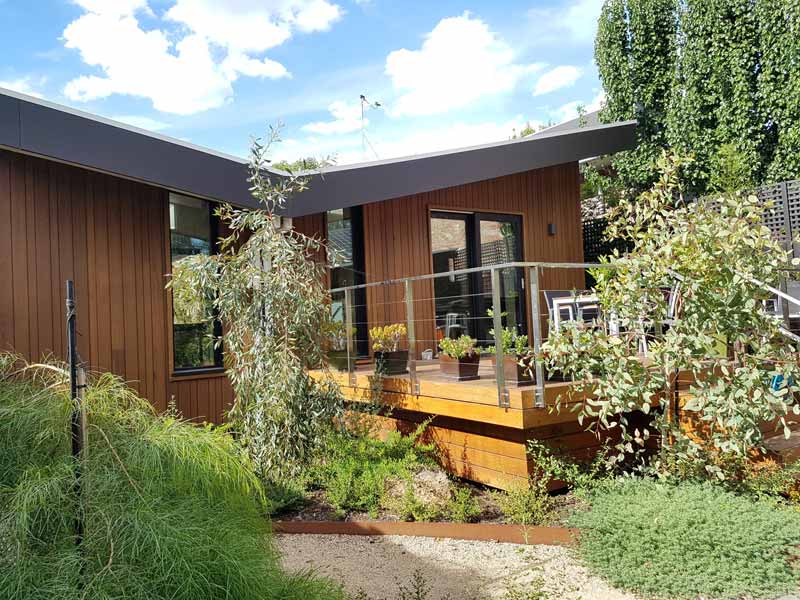
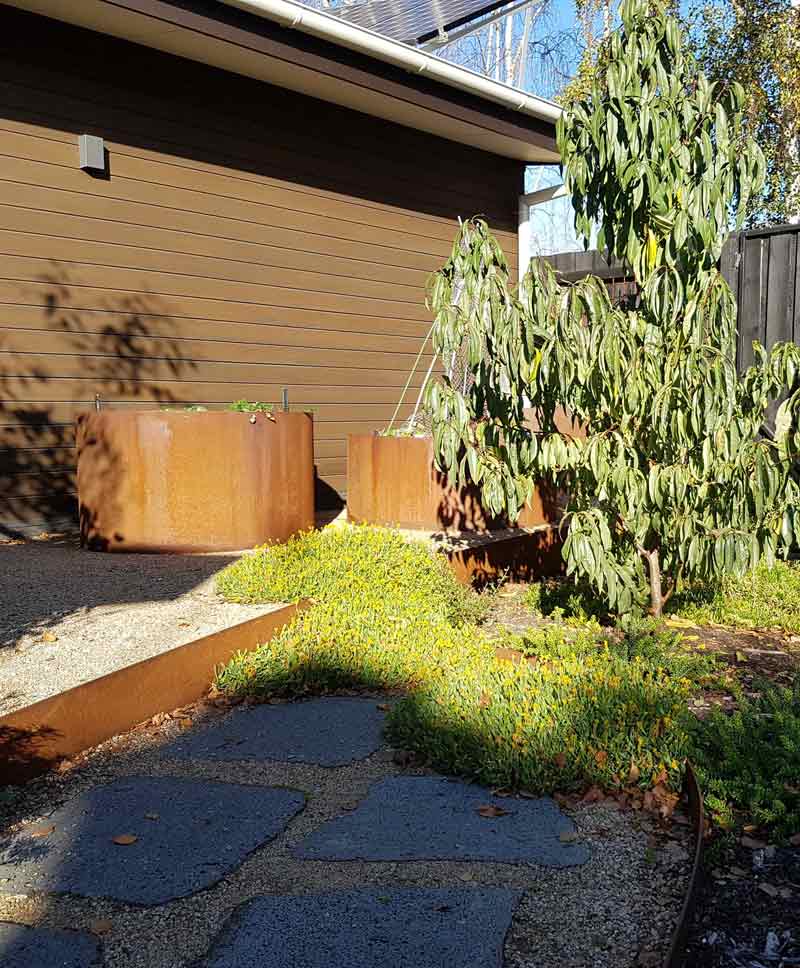
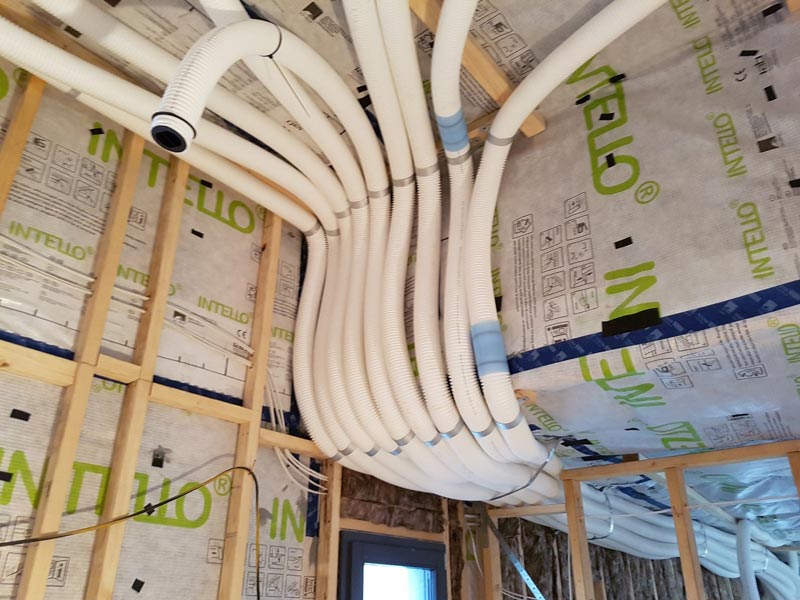
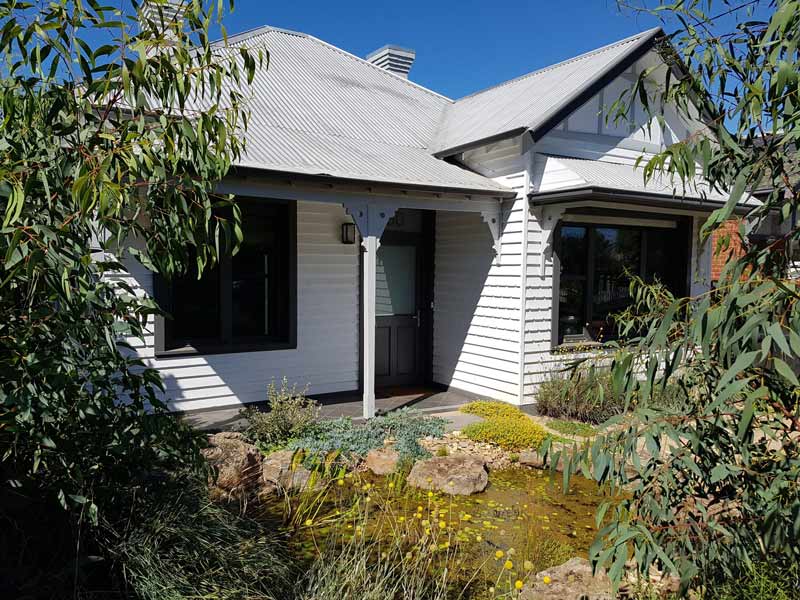
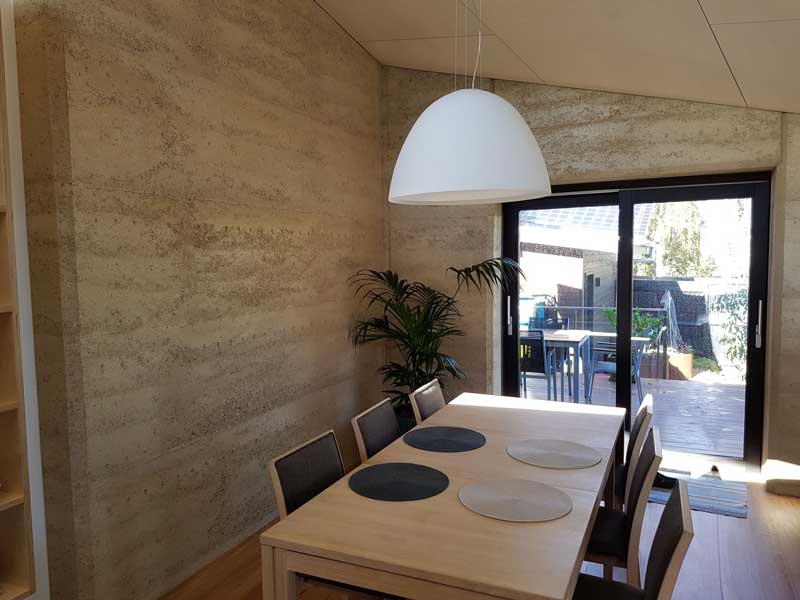

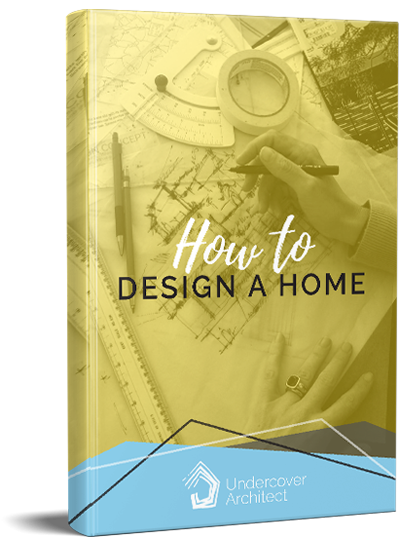
 With over 30 years industry experience, Amelia Lee founded Undercover Architect in 2014 as an award-winning online resource to help and teach you how to get it right when designing, building or renovating your home. You are the key to unlocking what’s possible for your home. Undercover Architect is your secret ally
With over 30 years industry experience, Amelia Lee founded Undercover Architect in 2014 as an award-winning online resource to help and teach you how to get it right when designing, building or renovating your home. You are the key to unlocking what’s possible for your home. Undercover Architect is your secret ally
Leave a Reply